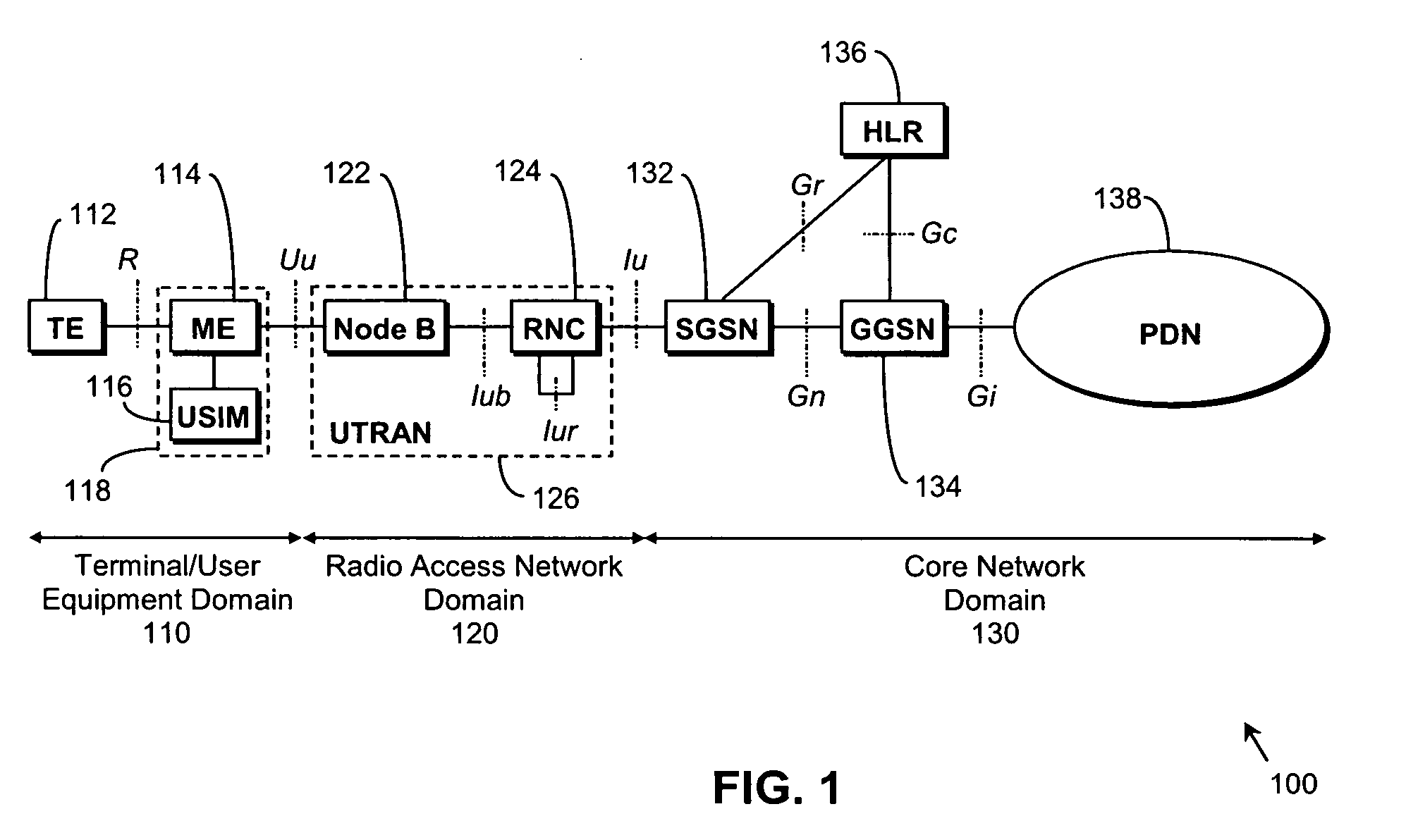Method and arrangement for mitigation of intercell interference in a cellular communication system
a technology of intercellular communication and mitigation method, applied in the field of cellular communication system, can solve the problems of severe interference, inability to obtain the required information, and inability to obtain information from the surrounding interfering cells, so as to achieve the effect of alleviating or eliminating on
- Summary
- Abstract
- Description
- Claims
- Application Information
AI Technical Summary
Benefits of technology
Problems solved by technology
Method used
Image
Examples
example
[0058] Suppose Kcell=4 and midamble sequence 3 is detected. Then according to the above table channelisation codes 5, 6, 7 and 8 could potentially be present. Since a midamble sequence has been detected then in accordance with 3GPP technical specification document 3GPP TS 25.221, available from the 3GPP website at www.3gpp.org, at least one channelisation code must also be present. From this document this channelisation code is the lowest index in the allowed set of channelisation codes, and this is referred to as the primary code. In the above example, the primary code is channelisation code with index number 5.
[0059] Thus, the detection of a specific midamble sequence in a signal will directly indicate a group of channelisation codes which may have been used for the channel.
[0060] It is clear that for Kcell equal to 16 a unique mapping exists between each midamble sequence and each channelisation code cQk(k). Thus, for this example, the identification of the channelisation code ...
PUM
 Login to View More
Login to View More Abstract
Description
Claims
Application Information
 Login to View More
Login to View More - R&D
- Intellectual Property
- Life Sciences
- Materials
- Tech Scout
- Unparalleled Data Quality
- Higher Quality Content
- 60% Fewer Hallucinations
Browse by: Latest US Patents, China's latest patents, Technical Efficacy Thesaurus, Application Domain, Technology Topic, Popular Technical Reports.
© 2025 PatSnap. All rights reserved.Legal|Privacy policy|Modern Slavery Act Transparency Statement|Sitemap|About US| Contact US: help@patsnap.com



